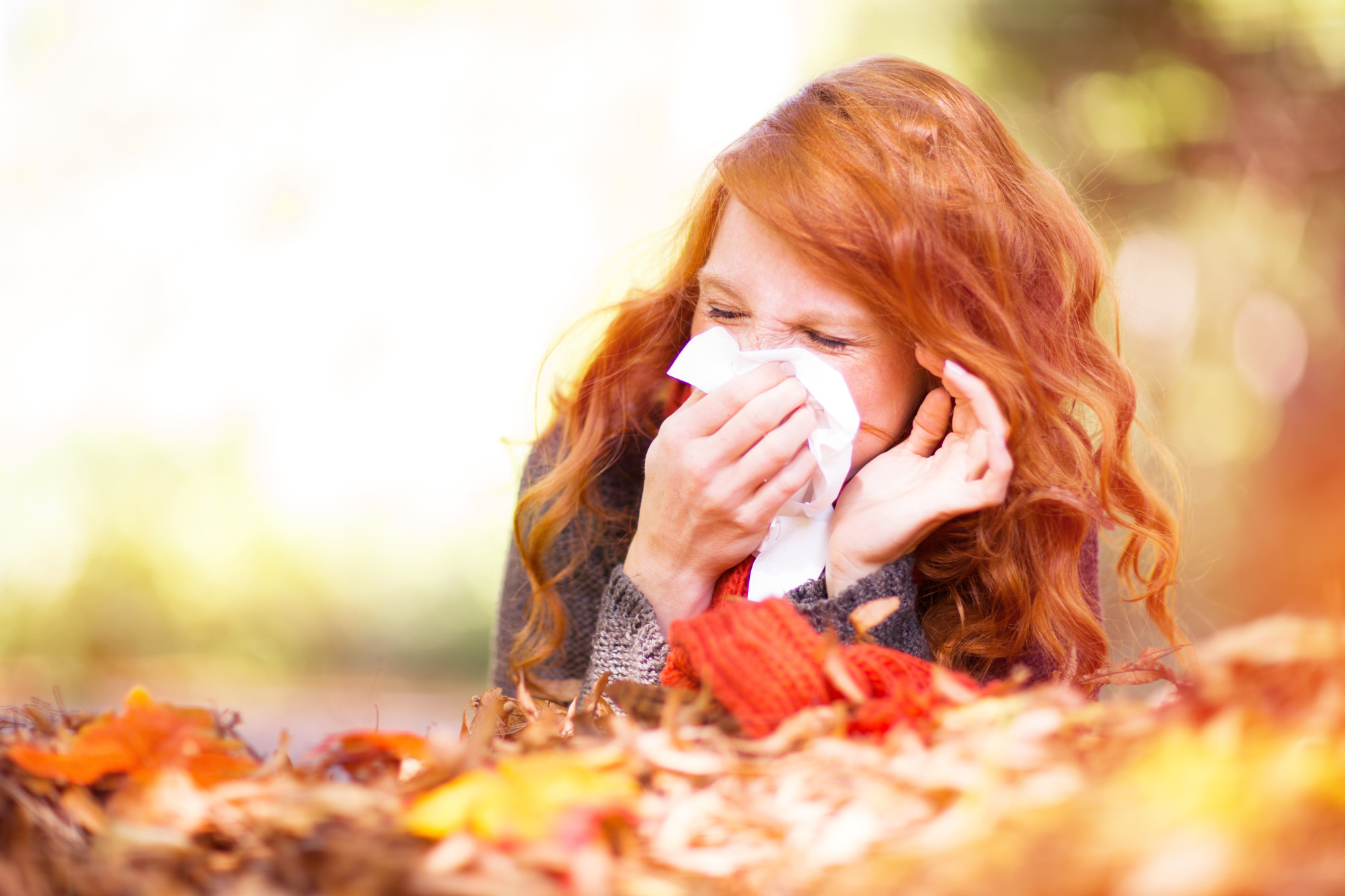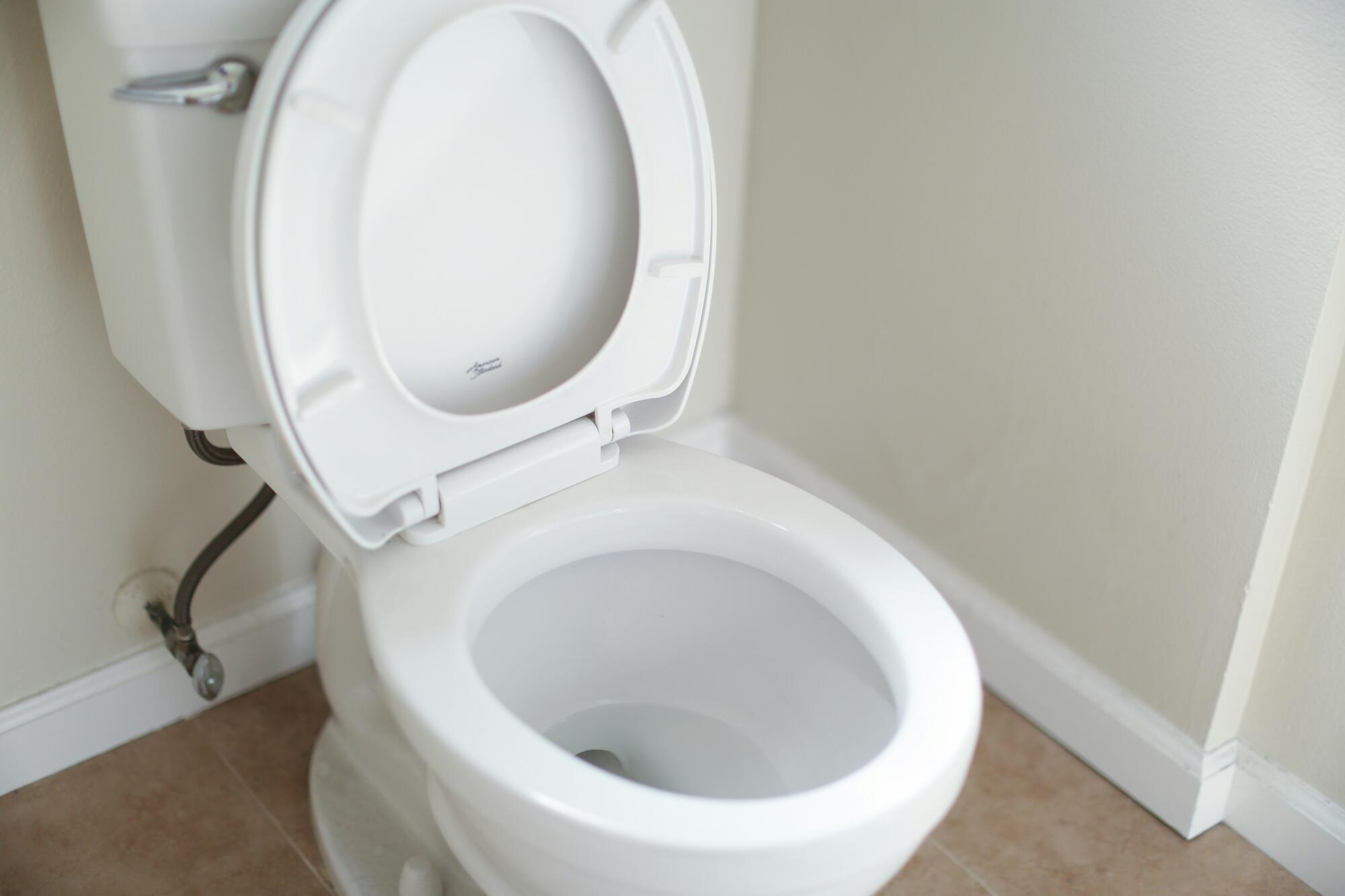
Seasonal Allergies: 5 Effective Treatments for Fall Allergies

It’s that time of year. Fall allergies are rampant all over the country. According to the Asthma and Allergy Foundation of America, more than 50 million Americans suffer from seasonal allergies.
The most common culprit when it comes to allergies in the fall is ragweed. As the weather cools off at night, ragweed releases pollen, which causes the majority of fall allergy symptoms.
These include sneezing, watery eyes, coughing, runny nose, and itching of the eyes and nose. These symptoms can range from mild to severe and for some people, can interfere with daily life.
Other culprits include pigweed, sagebrush, Russian thistle, cocklebur, tumbleweed, trees, mold, and even certain fall vegetables.
So what’s a person to do? Fortunately, several remedies are available that can help relieve your symptoms and let you get on with life.
1. Monitor Pollen Counts
In addition to checking the weather in the fall, it’s also important to check the pollen counts. This is an easy way to know what to expect when it comes to your allergies and which days may require additional treatment.
You can usually see pollen counts on local weather apps or online. They are also often reported on the morning news channels in your area.
Typically in the fall, pollen counts are highest in the morning. This allows you to plan your day accordingly. For example, take your daily walk later in the day to reduce your exposure.
When pollen counts are high, you can also be prepared with your allergy medication and other steps to control your symptoms. For example, you may want to wear a mask outdoors if you have to be outside in the early hours.
By monitoring pollen counts, you can do your best to stay well and prevent the uncomfortable symptoms that allergies can cause.
2. Stay Inside
It might sound like a no-brainer, but one of the best ways to stave off seasonal allergy symptoms is to stay inside. Yes, there are incredible benefits to time outdoors, but controlling your symptoms is also important.
Staying inside as much as possible can make a dramatic difference in the severity of your allergy symptoms. When you’re inside, it’s also a good idea to keep windows and doors closed.
This prevents pollen from making its way inside your home. In addition to keeping things closed up until pollen counts go down, you should also clean your furnace in preparation for the colder weather.
You might also consider using a HEPA filter or a dehumidifier in your house. This can help reduce your exposure to pollen and control the humidity indoors, both of which reduce symptoms.
3. Shower and Change Clothes When You Get Home
One of the easiest ways to control how much pollen is in your house is to shower it off and throw your clothes in the laundry right away.
A quick shower removes pollen from your hair and skin. Laundering your clothes keeps pollen from spreading to your furniture and carpets.
It sounds simple, but you will notice a dramatic difference in your symptoms when you’re at home by simply controlling how much pollen spreads around your house.
Regularly vacuuming upholstery and floors and laundering your bedsheets often will also help.
4. Pay Attention to Your Diet
The foods you eat play a role in your immunity. When you focus on antioxidants and vitamins, you give your immune system the boost it needs to control your symptoms.
The best way to get these nutrients is to fill your plate with fresh fruits and vegetables. The more variety, the better. That’s because this increases your intake of a full range of vitamins and minerals.
Citrus fruits are a great choice because they are rich in vitamin C, which is one of the most important nutrients for your immune system.
Other healthy foods to include in your diet are beans and whole grains. Omega-3 fatty acids from fish and olive oil are also beneficial. That’s because they fight inflammation, which can help control allergy symptoms.
5. Take Your Medication for Fall Allergies
While the above allergy treatments can be beneficial for your symptoms, it’s also important to follow your medication routine, if you have one.
An abundance of options is available to you. That includes over-the-counter medications and prescription meds, as well as certain supplements.
Saline nose sprays are one option. They work to control inflammation in your nose, which can help relieve your runny nose and stuffiness.
Allergy medications work by counteracting the histamines produced during an allergic reaction. Antihistamines are effective for reducing sniffling, sneezing, and itchiness in the eyes and nose.
Decongestant allergy medications dry the mucus in your nose, which controls your runny nose and stuffiness. Some people also find relief with allergy shots.
Probiotics are an effective supplement for allergies. They boost the digestive system and immunity. Take them in pill or capsule form. They’re also available in fermented foods like sauerkraut and yogurt.
Taking the First Step for Relief
If you suffer from fall allergies, chances are you spend the majority of your fall feeling miserable. And you’re probably ready to do what it takes to feel better.
The first step is to talk to your doctor. Once your allergies are diagnosed, you can determine the best treatment plan to help you find relief. This is different for each person so it’s a good idea to work with a professional.
Making some changes to your routine, including watching pollen counts, controlling the amount of pollen in your home, tweaking your diet, and taking your meds, can help significantly.
Let us help you get the allergy medication you need. Check out our many options for relieving the many uncomfortable symptoms that go with seasonal allergies. We’re here to help.

